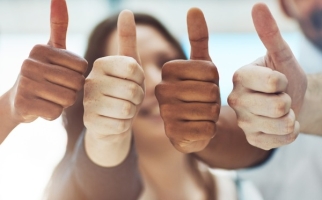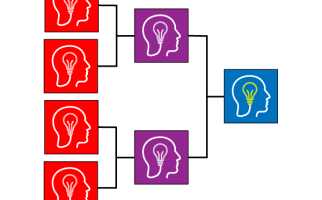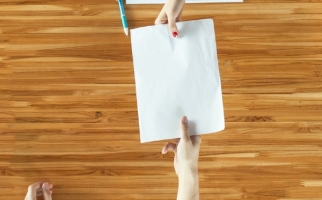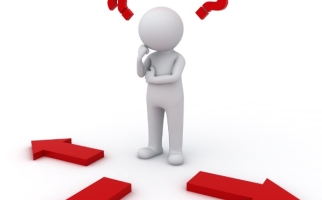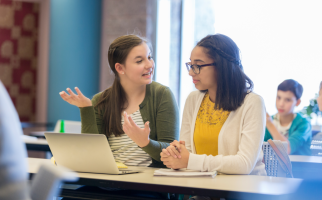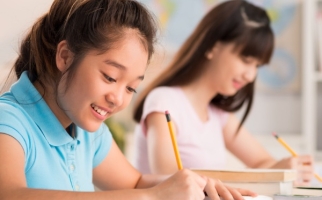Working Collaboratively

Students working together (FatCamera, iStockphoto)

Students working together (FatCamera, iStockphoto)
How does this align with my curriculum?
Working collaboratively is the act of working effectively with other students and/or adults within diverse groupings. It is an essential part of conducting science.
Definition
Working collaboratively is the act of working effectively with other students and/or adults within diverse groupings. It also requires the ability to be helpful and respectful in order to accomplish a common goal (e.g., to solve a problem, complete a challenge, produce or create something).
Working Collaboratively is important because it…
- supports the development of self-awareness and social awareness of the needs of others
- encourages students to share materials and ideas, take turns, and reach consensus
- supports the development of higher level thinking skills such as critical thinking
- benefits all members of the group, as each person has a role in completing the task
- is a skill that students need to thrive in an ever-changing world
Developing the Skill of Working Collaboratively
Students |
Educators |
|---|---|
|
Contribute to the development of group norms, and practice them |
Work with students to develop a ‘kid-friendly’ set of norms for collaboration (e.g., one person talks at a time, respect each other and all ideas, no put-downs, share the work, practice wait time after asking a question). Create opportunities for students to practice these norms in a variety of contexts. Notice and name when students practice the norms (e.g., “I notice that you were feeling frustrated. But you re-focused and persevered to help your group to solve the problem.”). |
|
Recognize and identify personal interests, strengths, and areas for growth, and acknowledges strengths and interests of others |
Know each student’s interests, strengths, and areas for growth. Support each student in recognizing and acknowledging his/her strengths and areas for growth. Model how to acknowledge strengths of others, how to give a compliment, how to receive a compliment, how to ask for help in areas that are not a strength, etc. |
|
Listen, acknowledge, respect and value the needs, feelings, actions, ideas, opinions, and views of others |
Are role models of collaborative behavior (e.g., are respectful listeners, listen well, make eye contact with the speaker, let others speak without being interrupted, paraphrase to help with student understanding (if necessary), model respectful interactions). Encourage students to contribute ideas and to be open and respectful of the contributions and responses by others. |
|
Reach consensus and make decisions as a group |
Provide opportunities for students to practice reaching consensus and making decisions in whole and small groups (e.g., when planning inquiries, determining roles and responsibilities, choosing variables). |
|
Demonstrate flexibility and willingness to compromise |
Encourage students to be patient and flexible (e.g., when waiting for a turn to speak or do a task). Notice and name when students effectively negotiate and compromise with group members (e.g., “I liked the way this group shared their ideas, but compromised in order to come up with an inquiry question everyone agreed on.”). |
|
Assume shared responsibility for collaborative work, and value the individual contributions made by each team member |
Provide challenges and problems in various contexts that can only be solved through collaboration, interdependence, and a fair division of work. Teach and model what it means to work in a collaborative group (e.g., come prepared, contribute to the group interaction, support each other, have the right to expect the group to value their individual contributions, to address behaviors that compromise group productivity, to divide the work equitably among members). |
|
Take on various roles and responsibilities in the group depending on the context |
Observe and document the roles that students take on naturally, and which students tend to take on the same role every time. Provide a more formal introduction to the idea of roles in a group and how they can help a group to work better. Based on documentation, educators may suggest/assign roles or allow roles to be established by the groups themselves (e.g., by giving groups a list and letting them decide on appropriate roles within their group). |
|
Reflect on participation in collaborative groups |
Provide modeling and tools so that student can conduct group and self-evaluations of work in collaborative groups. |
Related Skills
Related Learning Strategies

